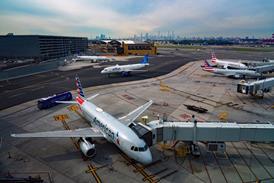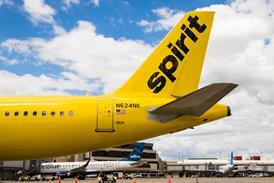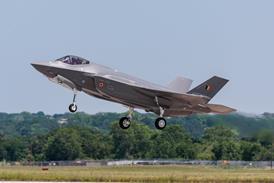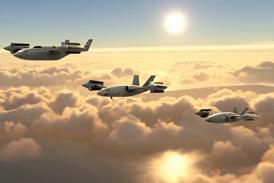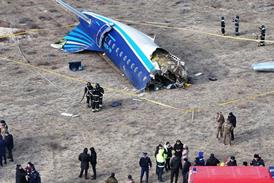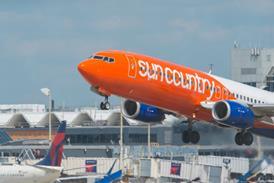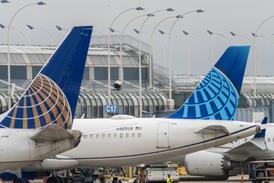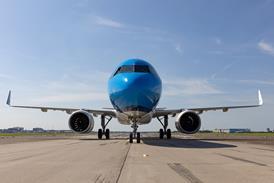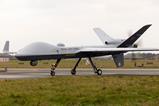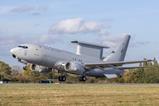EDGE’s Swiss subsidiary Anavia has demonstrated what its parent company describes as a “complex flight profile” with an HT-100 unmanned air vehicle for the Brazilian armed forces and police.
Recently conducted from the Brazilian army’s Restinga da Marambaia site near Rio de Janeiro, the activity “showcased the HT-100’s aerial prowess in rapidly and reliably delivering actionable tactical intelligence, surveillance and reconnaissance data in real-time”, EDGE says.
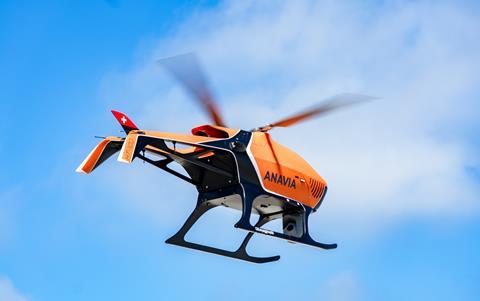
The United Arab Emirates’ defence house says the test flight involved demonstrating “a 15-minute readiness time from system activation to take-off”. Once airborne, the rotorcraft performed manoeuvres including “hovering, low-speed and low-altitude flight, figure-eight manoeuvres, and circular orbits”, spanning within- and beyond-visual line-of-sight operations.
With a maximum payload of 60kg (132lb) and a flight endurance of up to 6h, the vertical take-off and landing HT-100 is described by its developer as “a rapidly deployable alternative to manned rotorcraft for intelligence and data-gathering missions”.
Powered by a 20shp (15kW) turbine engine, it has an airframe length of 2.82m (10ft 9in), rotor diameter of 3.75m and can be operated at altitudes up to 13,100ft.
“For the defence and public security requirements in Latin America, the HT-100 offers a key solution across a range of operational contexts tailored to the region’s unique challenges,” says Tiago Silva, chief executive of EDGE’s Latin America office.
Anavia chief executive Jon Andri Joerg says the company’s goal is to “offer armed forces and security agencies a reliable and highly capable platform that performs with precision, even in the most demanding environments”.
EDGE holds a majority stake in Anavia, with its HT-100 and larger HT-750 systems both on order for the UAE’s armed forces. Deliveries are due to begin later this year under Abu Dhabi’s 200-unit contract, which was signed in late 2023.


